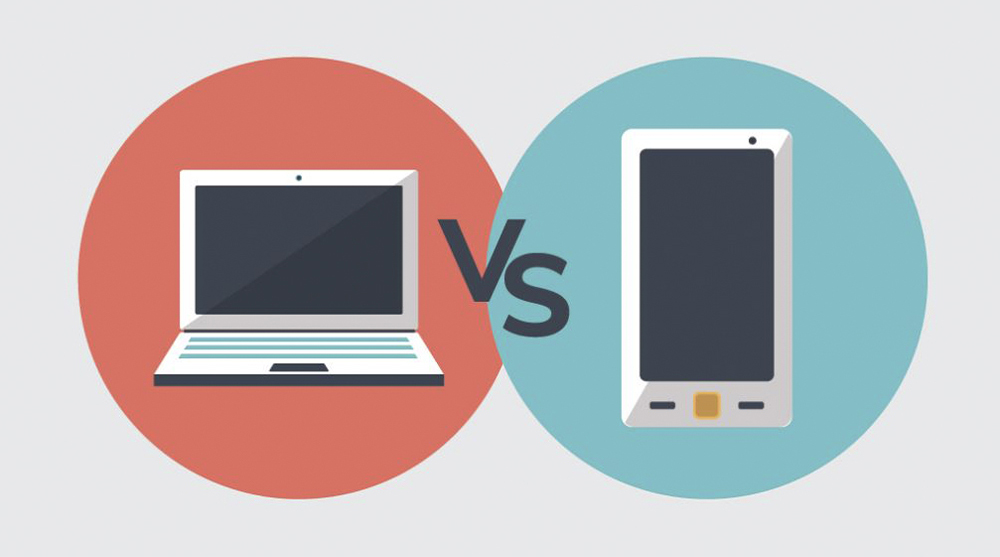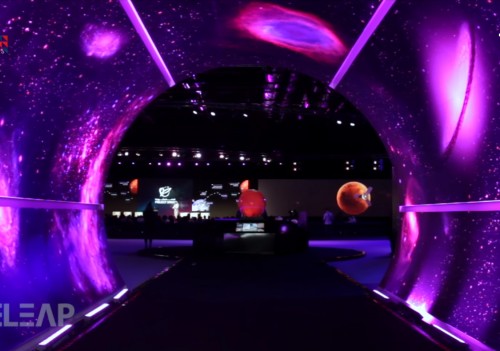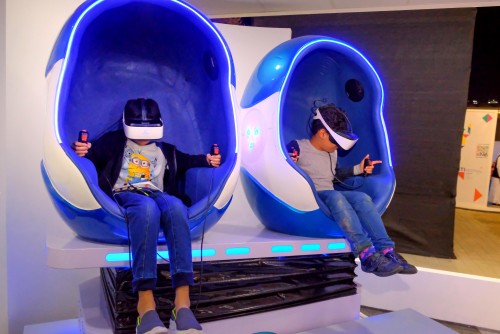Mobile Phones vs. Computers: How Will Technology Shape the Future of Consumption?

How has the digital age changed our consumption habits?
The rise of digital culture has made it possible to instantly access the content we want. No longer do we have to wait for new episodes of our favorite show to air or for a book to be released. We can binge on Netflix from the comfort of our own home, anytime we want.
Digital culture also means that consumers are less likely to make a purchase in-store. Instead, they're more likely to compare prices online and buy what they need without ever leaving their homes. And as online shopping becomes more popular, physical stores are starting to suffer.
How do we predict the future of consumption?
In order to predict the future of consumption, we need to understand how social media and digital marketing will change.
One thing that is certain is that mobile phones are the wave of the future. We can see this through the increase in the number of people who rely solely on their phones for their internet access. This will no doubt lead to changes in how we browse the internet, shop online, and consume content. The way we consume media today is changing rapidly as more people gravitate toward mobile devices. The use of smartphones has doubled in just five years and it's predicted that by 2020, there will be one billion smartphone users worldwide. This number is sure to grow as time goes on and there are more advances in technology.
The way we consume media will continue to change as digital natives come into power. Digital natives were born into a world where smartphones were ubiquitous - they never knew a world without them - and they are driving innovation faster than any generation before them. These new consumers have different motivations for using their devices than those who came before them. They want quick, seamless experiences without barriers like long registration forms or multi-step processes with many steps. With these new consumers being shaped by features such as instant gratification, immediacy, and convenience; digital natives will shape the patterns of consumption in ways that are unimaginable today.
What are the new models for economic power?
Facebook, Google, and Amazon are all scrambling to keep up with the shift to mobile. The next wave of innovation will be driven by the digital natives who grew up in a world where smartphones were always present. They’ll shape patterns of consumption in ways that are unimaginable today. What will happen to these new patterns? How will they change the economic models that power companies?
There are two models for economic power being discussed today: the transaction and subscription models. The subscription model would give companies like Facebook, Google, and Amazon long-term revenue from their customers as opposed to one-time transactions. This would allow these companies to continue growing for a longer period of time without fear of disruption from a competitor. The transaction model relies on quick transactions for revenue and is most popular among tech giants like Apple or Microsoft. It allows them to dominate a market before it becomes saturated. This can result in monopolies and increased prices for consumers. These are two very different approaches, but only time will tell which one is more sustainable in the future!
What are some of the newest models of digital content distribution?
One of the newest models of digital content distribution is the idea of limited-time availability. It's a really interesting model that has not been exploited much on cable TV channels, but it could be the future in the world of streaming. With this model, you have to consume your content before it expires. It's an interesting way to encourage people to binge-watch their favorite movies and television shows.
You can also distribute content in a pay-per-view model, where users pay for each episode or movie they want to watch. This works well with users who want to consume something quickly and don't mind paying for it because they know they'll only be viewing that one episode or movie. You could also charge users per use, or per minute of use in a way similar to how we currently pay for wireless data.
Social Media
Mobile
The way we consume and interact with media is changing. We have gone from sitting in front of a TV to watching Netflix on our laptops, to scrolling through Instagram on our phones. This shift has been so rapid that even the big companies like Facebook, Google, and Amazon are scrambling to keep up with it. The next wave of innovation will be driven by the digital natives who grew up never knowing a world without smartphones. They’ll shape the patterns of consumption in ways that are unimaginable today.
What will happen to these new patterns? How will they change the economic models that power companies?
Social media and mobile devices are two of the biggest drivers behind this change. Every day, more people are logging into their phones for their news feed than computers for their email accounts or social networking sites for their Facebook pages. This makes sense as mobile usage increases significantly faster than desktop use does – nearly doubling year over year from 2014 to 2015.
The Blockchain
The blockchain is a technology that underlies Bitcoin, Ethereum, and other cryptocurrencies. This technology has the potential to reshape the way we do business and communicate.
If you want to learn more about this topic, check out our blog post!
Conclusion
The digital age has changed the way that we consume. The future of consumption is unpredictable and difficult to predict. Luckily, there are new models for economic power and models for digital content distribution. We can't predict the future of consumption, but we can be prepared for it.







 Call
Call
 Mail
Mail